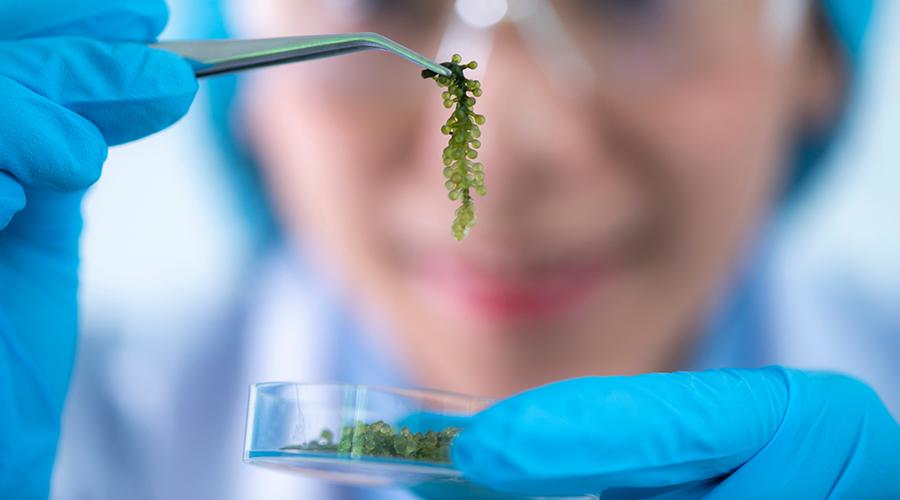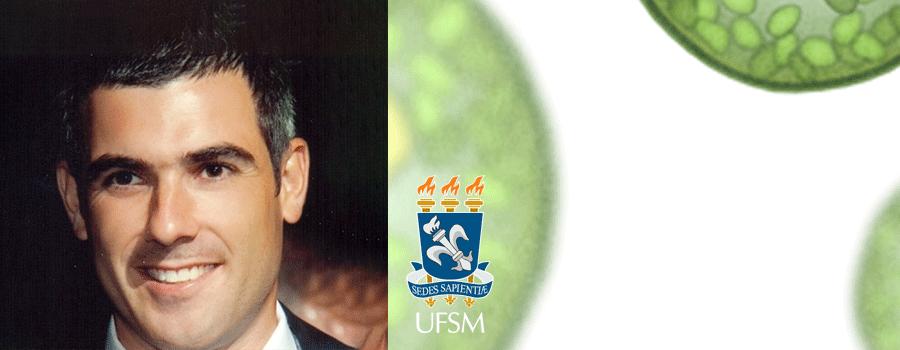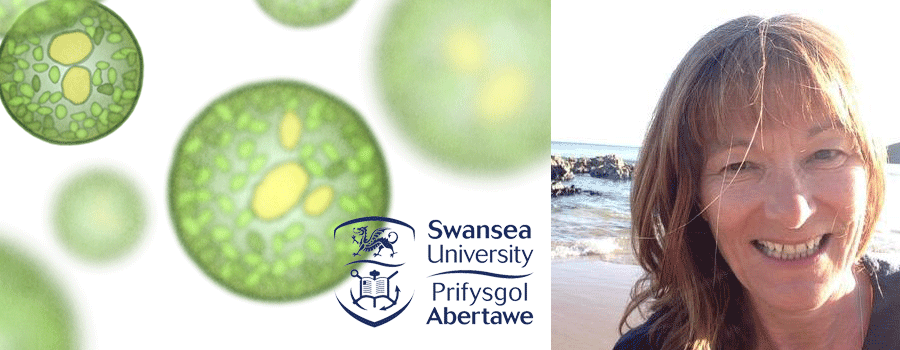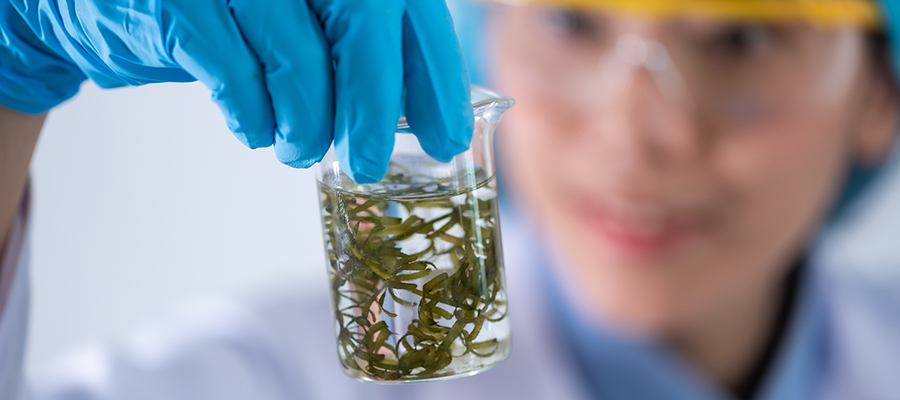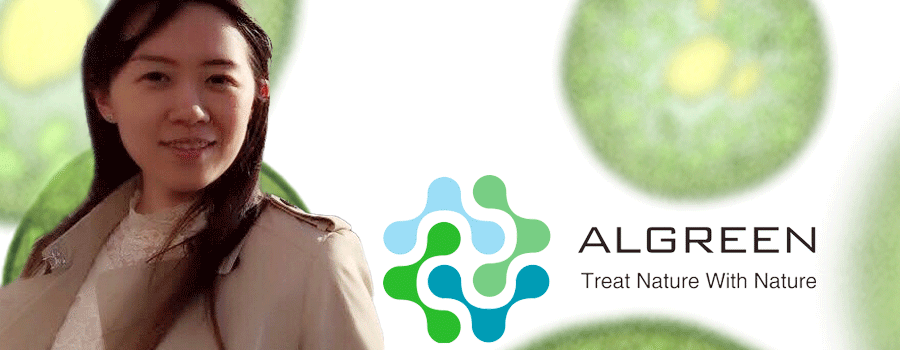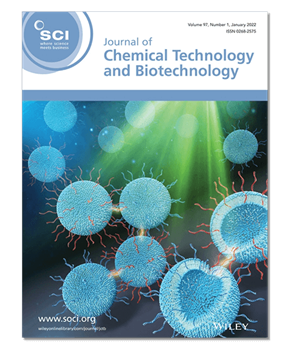Microalgae may be small, but they hold great potential in industries ranging from renewable energy to pharmaceuticals, cosmetics and food. Lucy Wright finds out how one team of researchers is paving the way for optimal microalgae farming worldwide.
Microalgae – or phytoplankton – have recently been attracting significant attention thanks to their promising applications across a range of industries, including renewable energy, pharmaceuticals, and cosmetics.
Now, researchers in Brazil have set out to optimise the industrial outdoor cultivation of microalgae, by mapping performance across climate regions globally for the first time.
Microalgae produce a wide range of chemical compounds with high-value properties for health and other benefits. Astaxanthin, a red pigment produced by some microalgae, is an antioxidant and is marketed as a nutritional supplement.
Many species produce compounds with pharmaceutical properties such as antibacterial and antiviral activity. Chlamydomonas reinhardtii is a microalgae commonly used in pharmaceutical biotechnology, as an ideal host for the production of recombinant proteins such as antibodies, vaccines and hormones.
As a rich source of carbon compounds, microalgae can also be considered one of the most promising sources for biofuels, making them a potentially viable solution for fossil fuel phase-out and climate change mitigation.
However, the high cost associated with their cultivation is one of the main barriers to the growth of the market.
Modelling the climate
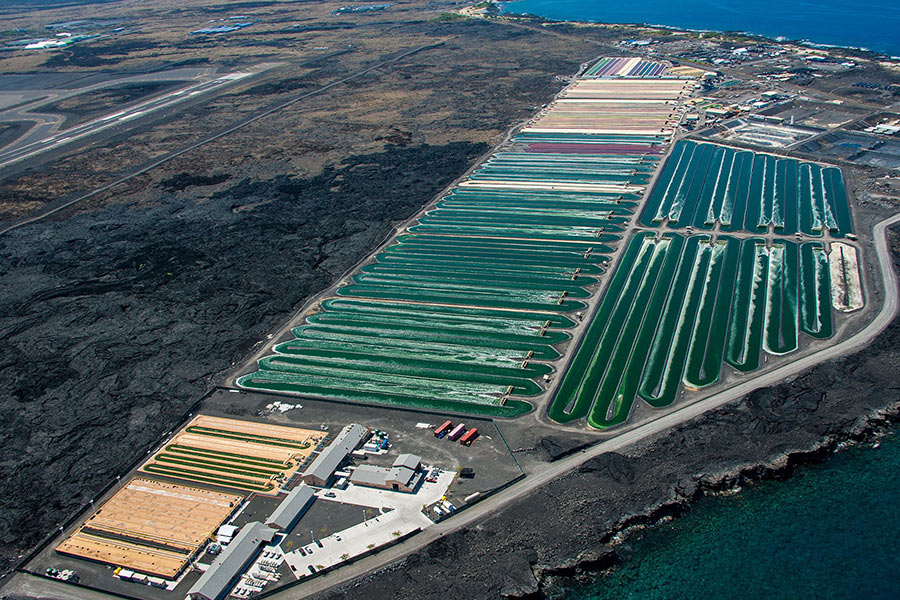
Microalgae cultivation facility along the Kona Coast of Hawaii’s Big Island. Image provided by the Cyanotech Corporation. Credit: Greene, C.H., C.M. Scott-Buechler, A.L.P. Hausner, Z.I. Johnson, X. Lei, and M.E. Huntley. 2022.
With over 90% of commercial microalgae cultivations grown outdoors, local climatic conditions can have a huge impact on productivity, but the data to quantify this has been lacking.
The team at the Federal University of Santa Maria, Brazil, have been filling the void by mapping the performance of bioreactors for microalgae culture across climate zones globally. Using a closed bioreactor, they simulated variables of day length, solar irradiance and temperature. The results, gathered over thousands of hours of experiments, are published across three papers in SCI’s Journal of Chemical Technology and Biotechnology.
Eduardo Jacob-Lopes
Bioprocess Intensification Group
Federal University of Santa Maria
‘Around the world, a limited number of places have suitable conditions for [efficient microalgae productivity]. Our study aimed to define these ideal places,’ said Eduardo Jacob-Lopes, Bioprocess Intensification Group, Federal University of Santa Maria, and lead author of the studies. Speaking to SCI, he explained, ‘Light and temperature are two critical parameters in the growth of a photosynthetic microorganism such as microalgae.’
Going global
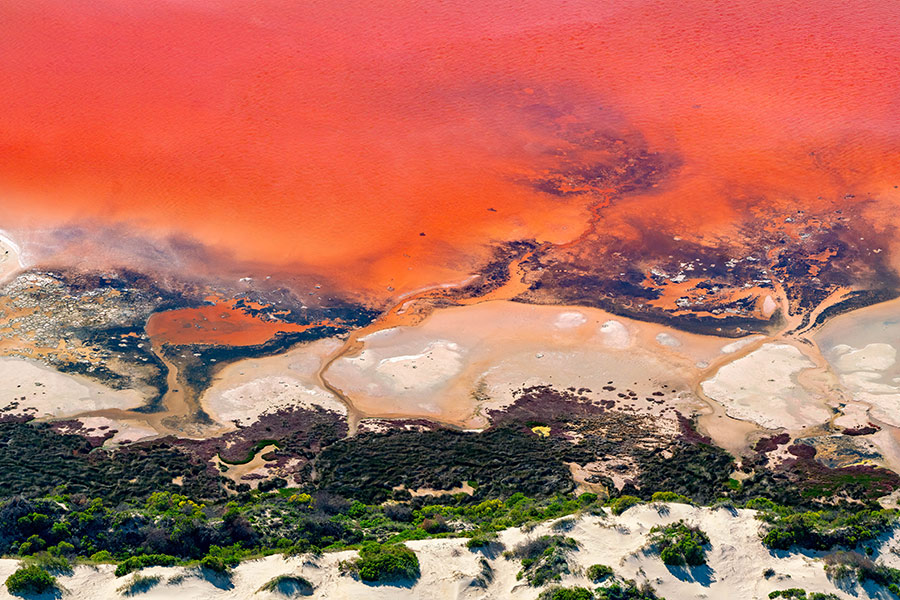
Hutt Lagoon, a marine salt lake in Western Australia, contains the world's largest microalgae production. These artificial salt ponds are used to farm Dunaliella salina, which is a source of beta-carotene; a food-coloring agent, and pigment.
Initial proof-of-concept experiments published in 2020 mapped microalgae culture performance across six extreme positions of Brazil, demonstrating that the choice of geographic position and local climate had the potential to triple biomass productivity.
Jacob-Lopes noted that, ‘Microalgae biomass is the chassis of almost all microalgae-based products. Most of the products are intracellular, so the high biomass productivity reflects the high production of product targets.’
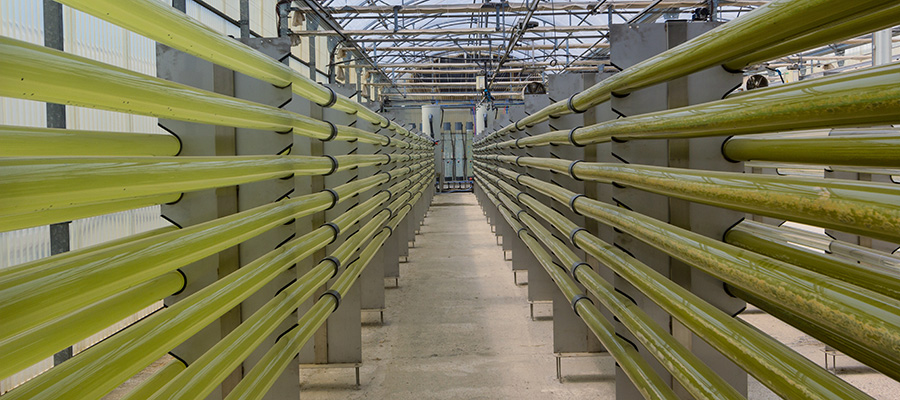
A commercial photobioreactor for the cultivation of microalgae inside a greenhouse. Jacob-Lopes and his team simulated climatic conditions in a closed bioreactor to assess the performance of microalgae cultivation across the globe.
Since then, the researchers have simulated the climatic conditions for equatorial, tropical, sub-tropical and mid-latitude regions to provide a semi-empirical estimate of microalgae productivity across the globe. The results support the potential of equatorial, tropical and subtropical regions for highly productive microalgae cultivation.
Jacob-Lopes and his team hope that their research will help to tackle the challenges attributed to the commercialisation of microalgae – challenges familiar to those working in the microalgae cultivation sector.
Carole Llewellyn
Faculty of Science and Engineering
Swansea University
Carole Llewellyn is a Professor Emeritus at Swansea University, specialising in microalgae and cyanobacteria. She led the EU Interreg North West Europe ALG-AD project, working together with industry to develop new technology to cultivate algal biomass for animal feed from excess waste nutrients produced from anaerobic digestion of food and farm waste.
Speaking to SCI about the studies, she said, ‘As large-scale cultivation of microalgae begins to accelerate, a better understanding of the factors that determine biomass production and the associated costs is essential.’
Phototrophic vs. heterotrophic
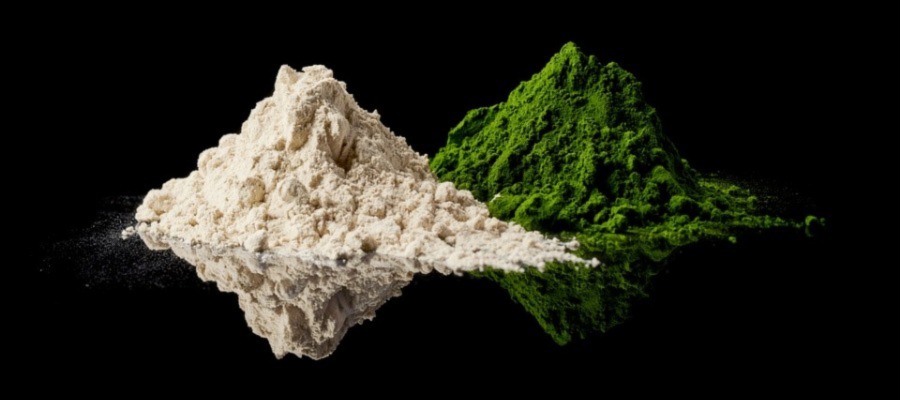
By removing the chlorophyll, Erlandsson and the team at Aliga have engineered Chlorella microalgae to be beige in colour and more neutral in flavour, while eliminating seasonal variations in the crop's properties. Credit: Aliga Microalgae
David Erlandsson is the co-founder of Aliga, a Danish based food-tech company specialising in the cultivation and commercialisation of functional and protein-rich ingredients from algae to be used in food, feed and dietary supplement applications.
When Aliga was founded in 2016, they used a phototrophic model for microalgae cultivation – that is, using light as the energy source for growth. Being based in Denmark, where weather conditions for microalgae growth are sub-optimal, they used LEDs instead of sunlight. However, low productivity resulted in the team switching to a heterotrophic growth model – meaning that algae can be propagated in the dark with the use of an external carbon source. Aliga uses sugar as the energy source for cultivation.
Speaking to SCI about the challenges of phototrophic cultivation, Erlandsson said, ‘The first issue is the yield – you need a large amount of water per gram of algae produced. Secondly, we did see that there were variations between the batches. So, if you grow a batch in the spring it might be different to the one you can grow in the autumn. Something I have learned is that the food manufacturers hate variations from batch to batch.’
David Erlandsson
Aliga
Whilst the majority of microalgal species are phototrophic, a few are adapted for heterotrophic growth, with Chlorella being the most studied. Erlandsson and the team have taken their heterotrophic growth model one step further by engineering Chlorella to be chlorophyll-free, removing the green pigment required for photosynthetic growth.
‘We came up with an algae that is white or beige in colour and much more neutral in taste and flavour, making it much more attractive for food manufacturers to use in their products. So, we are moving into the food sector where our competition is other plant-based sources such as pea, soy, and fava beans.’ explained Erlandsson.
The jury is still out on the heterotrophic vs. autotrophic debate for microalgae production, and the industry has not yet reached a consensus on which is the most economical option. One thing is for sure, research such as the work of Jacob-Lopes and his colleagues can help to advance the great potential of microalgae.
Seasonal simulations
Dr. Zhixuan Wang is the CEO and founder of Algreen, a start-up dedicated to pioneering renewable and sustainable product solutions by utilising biobased materials. They have developed a biobased polyurethane made from algae and have a product line ranging from fabric glue to vegan leather and packaging labels.
Speaking to SCI about the research, Wang said, ‘A very positive aspect of the studies is the thoroughness of assessment regarding conditions during different seasons of the year in simulations for specific areas. It could allow the prediction of whether potential production in certain regions would require breaks during colder parts of the year.’
Zhixuan Wang
Algreen
However, she notes that this is just the start. ‘The results of the studies may potentially be a suggestion on where to locate new photobioreactors, however, regarding the usability of findings in the industry, it is important to remember they are preliminary, and every industrial decision should be backed by more extensive research.’
‘It is crucial for similar studies to emerge to potentially boost (or aid with) the development of industry in the future. The more attention directed towards the subject, the higher the chances for rapid advancements!’
Mapping the performance of photobioreactors for microalgae cultivation.
Rosangela R. Dias, Patricia A. da Silva, Mariany C. Deprá, Bruno Deprá, Roger Wagner, Leila Q. Zepka, Eduardo Jacob-Lopes
To read and cite the full paper, please visit:
https://doi.org/10.1002/jctb.7369
First published: 11 March 2023

